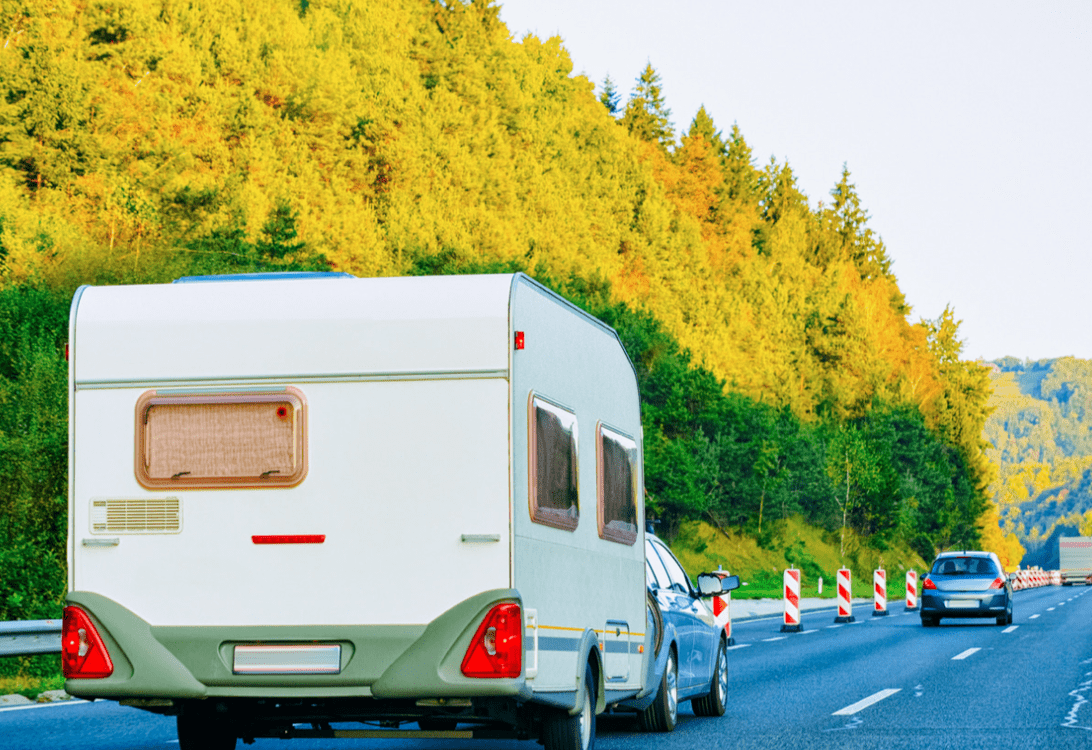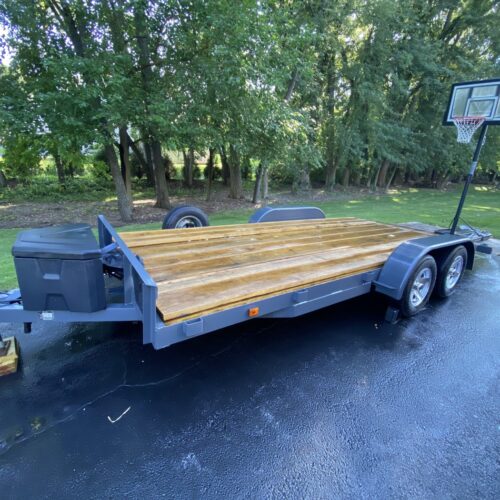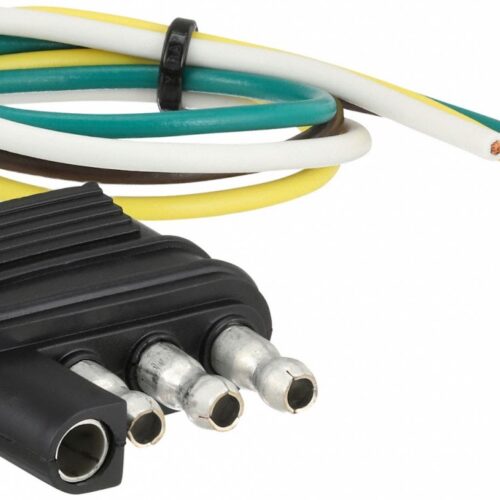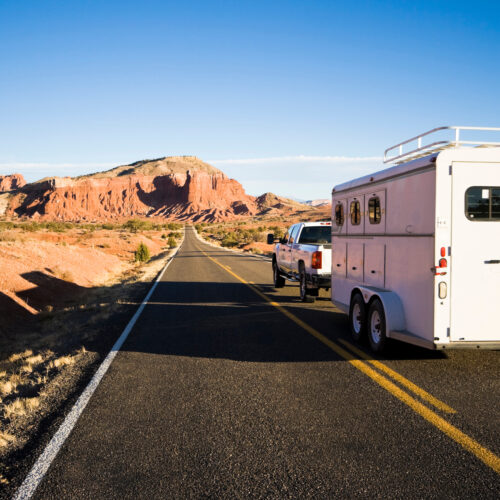Towing a camper can be an exciting and rewarding experience, allowing you to explore new destinations while bringing the comforts of home along for the journey. However, it also requires careful planning, attention to safety, and a good understanding of the equipment involved. In this guide, we’ll cover everything you need to know about towing a camper, from choosing the right vehicle to mastering driving techniques, so you can hit the road with confidence.
1. Choosing the Right Vehicle
- Consider the towing capacity: Before you even start looking at campers, determine the towing capacity of your vehicle. This information can usually be found in the owner’s manual or by contacting the manufacturer.
- Select the appropriate hitch: Make sure your vehicle is equipped with the right hitch for the size and weight of your camper. Options include bumper-mounted hitches, fifth-wheel hitches, and gooseneck hitches.
- Check your vehicle’s payload capacity: In addition to towing capacity, consider your vehicle’s payload capacity, which includes the weight of passengers, cargo, and any accessories added to the vehicle.
2. Understanding Weight Distribution
- Distribute weight evenly: Proper weight distribution is crucial for safe towing. Make sure the weight of your camper is evenly distributed, with heavier items placed low and towards the front.
- Use a weight distribution hitch: If your camper is particularly heavy or if you notice sagging in the rear of your vehicle when hitched, consider using a weight distribution hitch. This device helps distribute weight more evenly across the tow vehicle and trailer axles.
3. Pre-Trip Checks
- Inspect tires: Before hitting the road, inspect the tires on both your vehicle and camper for signs of wear or damage. Check tire pressure and make sure it’s at the recommended level.
- Test lights and brakes: Ensure that all lights on your camper are working properly, including brake lights, turn signals, and running lights. Test the brakes to make sure they’re functioning correctly.
- Secure loose items: Before setting off, double-check that all items inside the camper are securely stowed to prevent shifting during travel.
4. Driving Techniques
- Take it slow: When towing a camper, your vehicle’s acceleration, braking, and handling will be affected. Drive at a slower speed than you normally would and leave extra space between you and other vehicles.
- Practice backing up: Backing up with a camper can be tricky, especially for beginners. Find an empty parking lot or another open space to practice maneuvering in reverse until you feel comfortable.
- Plan ahead for turns: Keep in mind that your vehicle’s turning radius will be wider when towing a camper. Take wider turns to avoid clipping curbs or other obstacles.
5. Safety Tips
- Stay aware of your surroundings: Constantly monitor your mirrors and be aware of vehicles around you. Remember that your braking distance will be longer when towing, so allow extra space between you and the vehicle in front.
- Know your limits: Don’t exceed your vehicle’s towing capacity or push yourself beyond your comfort level. If you encounter adverse weather or road conditions, consider pulling over and waiting it out.
- Take breaks: Long hours on the road can be tiring, especially when towing a camper. Take regular breaks to rest, stretch your legs, and recharge.
Towing a camper can open up a world of adventure, allowing you to explore remote destinations and create lasting memories with friends and family. By following the tips and techniques outlined in this guide, you can ensure a safe and enjoyable towing experience. Remember to always prioritize safety, stay informed about your vehicle’s capabilities, and don’t hesitate to seek help or advice if you need it. Happy travels!




